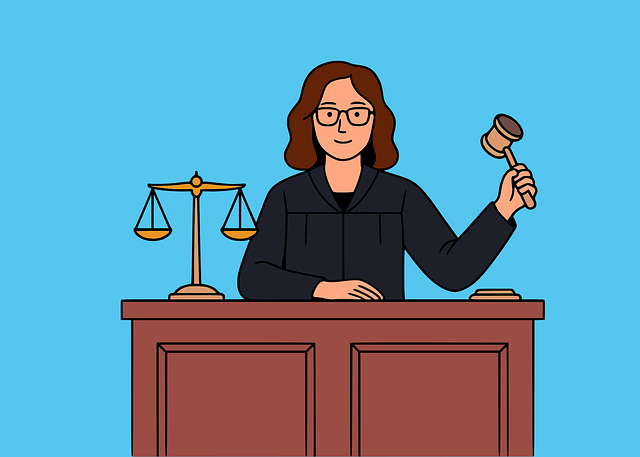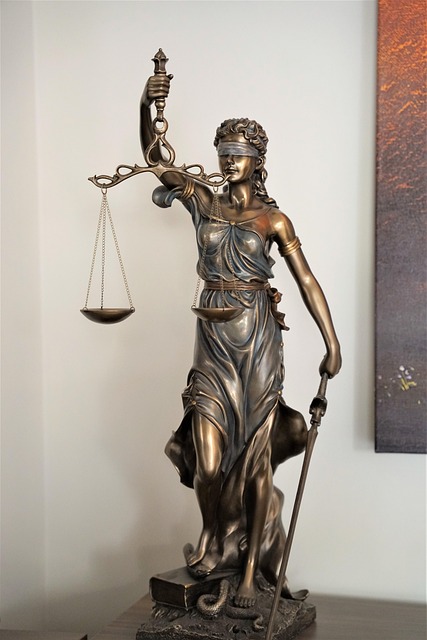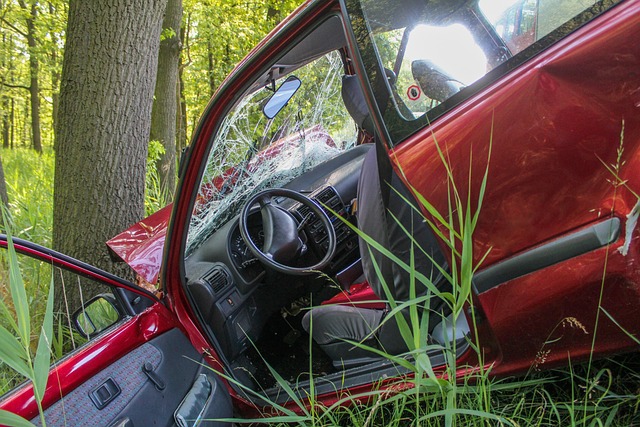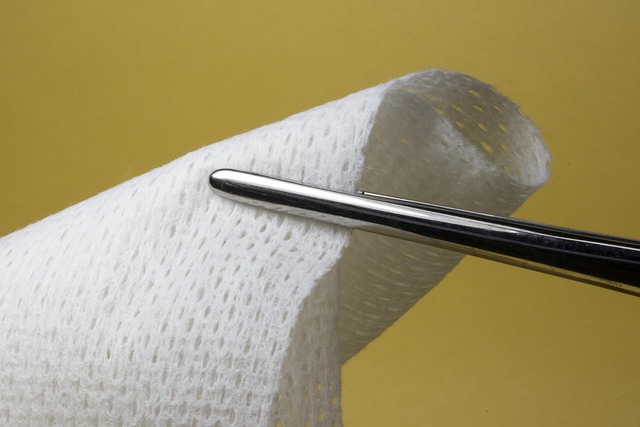Establishing wrongful death medical malpractice claims demands a rigorous process involving meticulous investigation, expert testimony, and a deep understanding of legal procedures. Plaintiffs must prove healthcare providers breached their duty of care using evidence from medical records, witness testimonies, and expert opinions. These cases require a direct causal link between negligence and the deceased's cause of death. Engaging an experienced personal injury attorney specializing in wrongful death medical malpractice can significantly improve success rates in these complex insurance disputes, aiming to secure justice for victims' loved ones. Survivors seek compensation for burial costs, funeral expenses, economic losses, pain and suffering, emotional distress, and the value of companionship lost.
“Navigating the complex landscape of wrongful death medical malpractice lawsuits is a crucial step towards justice and compensation for families affected by negligent healthcare. This comprehensive guide delves into the intricate legal process, from establishing the elements of wrongful death and medical malpractice to understanding the steps involved in filing a claim. By exploring ‘the world of’ wrongful death cases, we aim to equip folks with knowledge, ensuring they can confidently understand their rights and options in such trying times.”
- Establishing Wrongful Death and Medical Malpractice
- The Legal Process: From Filing to Resolution
- Understanding Damages and Compensation in Wrongful Death Cases
Establishing Wrongful Death and Medical Malpractice
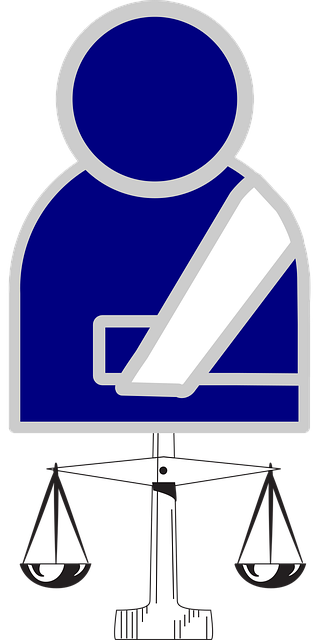
Establishing wrongful death and medical malpractice is a complex process that requires meticulous investigation and expert testimony. To prove medical malpractice, plaintiffs must demonstrate that the healthcare provider breached their duty of care, which involves showing a deviation from accepted medical standards or practices. This often includes gathering evidence such as medical records, witness testimonies, and opinions from qualified experts who can attest to the standard of care expected in similar situations.
In wrongful death claims resulting from medical malpractice, the burden of proof is even higher. Plaintiffs must establish a direct causal link between the healthcare provider’s negligence and the deceased’s ultimate cause of death. This involves navigating intricate legal procedures, understanding applicable statutes of limitations, and preparing compelling arguments to present before a jury or judge. Engaging the services of an experienced personal injury attorney who specializes in medical malpractice cases can significantly enhance the chances of success in these complex insurance disputes.
The Legal Process: From Filing to Resolution

The legal process for a wrongful death medical malpractice lawsuit is a complex and sensitive journey. It begins with filing a complaint at the appropriate court, detailing the alleged negligence and its devastating consequences. The plaintiff’s attorney must present compelling evidence, including medical records, expert opinions, and witness statements, to establish liability. This initial step sets in motion a series of events designed to uncover the truth.
As the case progresses, discovery processes are employed to gather further evidence. This may involve deposing healthcare professionals, examining hospital policies, and uncovering relevant insurance documents. In some instances, especially when there are complex issues like caregiver abuse or challenging insurance disputes, mediation or arbitration might be attempted to resolve the matter outside of court. However, if negotiations fail, the case will proceed to trial, where both parties present their arguments and evidence before a judge or jury, ultimately aiming for a resolution that provides justice for the victim’s loved ones.
Understanding Damages and Compensation in Wrongful Death Cases

When pursuing a wrongful death medical malpractice lawsuit, understanding damages and compensation is crucial. In such cases, survivors often seek financial relief to cover various expenses and losses stemming from the deceased’s passing. This can include burial costs, funeral expenses, and even economic losses related to the deceased’s future earnings potential, as determined by their employment contracts or estimated wages.
Compensation also extends to non-economic damages like pain and suffering experienced by the family prior to the loss, emotional distress, and the value of companionship, services, and support that the deceased would have provided had they lived. An accident attorney will work closely with clients to gather evidence, assess losses, and ensure that wrongful death claims are accurately valued, aiming for a settlement or verdict that reflects the full extent of these damages.
When pursuing a wrongful death medical malpractice lawsuit, understanding the legal process is crucial. From establishing the elements of both wrongful death and medical malpractice to navigating the steps from filing to resolution, each phase demands careful consideration. By familiarizing themselves with potential damages and compensation, victims’ families can better prepare for the journey ahead. This comprehensive guide aims to equip readers with the knowledge needed to navigate this complex landscape effectively.
